SnapBridge - Camera & smartphone connection
Seamlessly link Nikon cameras to your phone for instant photo sharing.
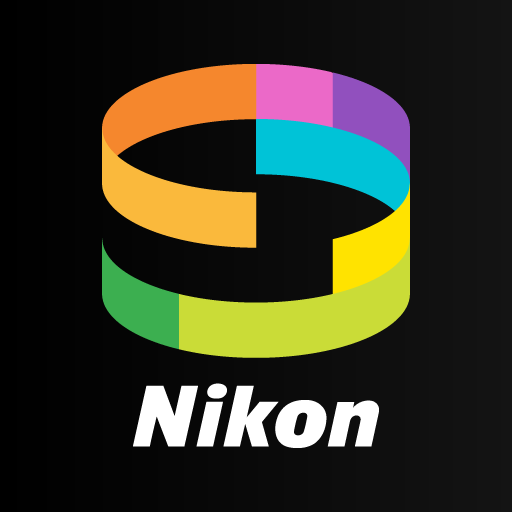
- 2.11.5 Version
- 3.7 Score
- 5M+ Downloads
- Free License
- 3+ Content Rating
SnapBridge facilitates sharing high-quality photos captured with Nikon cameras via email or social media, just as you would with photos taken on your smart device.
Security Recommendation: If faced with connectivity issues between the camera and smart device while employing WPA2-PSK/WPA3-SAE for authentication/encryption, consider switching to WPA2-PSK-AES. Refer to the camera manual for guidance on modifying Wi-Fi connection settings.
Supported Camera Models (as of June 2024):
A list of compatible Nikon camera models including Z9, Z8, D6, Z7II, and various other models.
Important Actions:
- Ensure the camera's firmware is updated to the latest version for optimal performance.
- Download the newest camera firmware from the Nikon Download Center using a computer or through the SnapBridge app based on your camera model.
Key Features:
SnapBridge offers features such as automatic downloading of newly captured photos, adjusting camera settings remotely, viewing and downloading photos directly, pairing with up to five cameras, uploading pictures to NIKON IMAGE SPACE, adding text to photos, syncing location data, receiving firmware update notifications, among others.
System Requirements:
The app functions with Android versions 10.0 and later, necessitating Bluetooth 4.0 or higher compatibility. Compatibility across all Android devices is not guaranteed.
Additional Notes:
- Uploading images to NIKON IMAGE SPACE requires a Nikon ID.
- Utilizing the GPS function constantly may drain the battery; activate power-saving mode to reduce depletion.
- Troubleshooting tips are provided if users encounter difficulties in image downloads or connectivity issues after pairing their devices.
How to use SnapBridge
The SnapBridge interface can be divided into three sections. Although they are not named, but only labeled with icons (a camera, a mobile device, and a cloud), I will give them names for clarity: Camera mode, Mobile mode, Cloud mode.

Options in Camera Mode
1. Auto link
If you leave Auto link turned off, all of the app’s activities are under your control. If you turn Auto link on, SnapBridge will do many things automatically. How much free rein you give the application is up to you.
The following four settings are found within the Auto Link section, and they allow you to control what SnapBridge can do automatically. They only appear if Auto Link is turned on.
1.1. Link mode
SnapBridge can run in either Foreground or Background. This choice mainly determines how GPS data will be applied to your photos.
If you select Foreground, your phone will only connect to the app when SnapBridge is running. Although location data will still be applied to your photos, it will only be applied after the photos are downloaded and will not have up-to-date GPS coordinates. Meanwhile, if Background is selected, your camera will connect to SnapBridge even if it is in sleep mode. Location data will flow to the images in your camera the entire time you’re shooting. The GPS coordinates become part of the photo’s EXIF data.

Selecting Background is the way to get location data for every photo you take. The downside is that it requires more power consumption both from your phone and your camera.
1.2. Auto download
If you enable this feature, every photo you take with your camera will soon appear on your phone. Depending on your camera, you can choose between 2 or 8 megapixels, or you may be restricted to just 2 megapixel photos.
Personally, I leave it OFF. With my style of wildlife photography, where I routinely use fast continuous shooting, I would soon have my phone flooded with tons of photos.
1.3. Clocks
Leave this option turned ON to keep the time on your camera in sync with the time on your phone. This can come in handy when you travel across time zones and, like me, forget to tell your camera that you’ve moved a few meridians away. (If you also enable the following option – Location data – clocks will automatically be ON.)
1.4. Location data
When enabled, your phone will add location data to downloaded photos or even photos in your camera. You can choose how accurate and up-to-date the location will be. The more precise the location, the more your camera and phone will use battery power.
If you shoot in one place all day (quite typical for wildlife photography), it is pointless for your phone to inform the camera every second about it. I also recommend that you leave Power saving enabled. Location data will only be added to your photo’s EXIF if you have the app turned on and set to run in the background.
2. Download Pictures
The next option in the “Camera Mode” is called Download Pictures. This is a way to get selected photos from your camera to appear on your phone.

How do you do this? It’s pretty straightforward.
- Take the camera out of Airplane mode (airplane icon OFF). This will give you access to the Download pictures option in the SnapBridge app. In the Network menu (some new Nikon cameras) or Setup menu (most Nikon cameras), under Upload while off, select OFF. This gives you control over when the camera uploads photos to your device.
- In SnapBridge, click Download pictures and press OK to enable the camera to switch to Wi-Fi mode (some cameras, such as the Nikon D3400, do not support this feature). Confirm this option again during the connection process.
- All photos and videos in your camera will appear on your mobile device screen. Click Select to choose which files to transfer to your mobile device. Once you have made your selections, click Download. In the pop-up window, confirm whether you want to download the images in 2MP, 8MP (see compatible cameras), or in their original format (can be useful when editing the photo in the mobile version of Adobe Lightroom, for example).
That’s all you need to do to get your chosen photos onto your phone or tablet!
A useful function I want to mention is Display options. It will help you navigate through the files on your card. It acts like a simple filter. You can sort the files by creation date, or decide what type of files you want to display (photos, videos, JPEGs or RAWs). You can also select from individual folders on the memory card. If you’re used to tagging good photos with a key or star, you can also filter photos tagged that way.
That’s it, the photos are now in the gallery of your mobile device. You can view them by clicking the Mobile mode icon in the main menu.
- Version2.11.5
- UpdateOct 20, 2024
- DeveloperNikon Corporation
- CategoryPhotography
- Requires AndroidAndroid 6+
- Downloads5M+
- Package Namecom.nikon.snapbridge.cmru
- Signaturedfe87edc2f774302fe64041e21674eea
- Available on
- ReportFlag as inappropriate
-
NameSizeDownload
-
54.16 MB
-
54.17 MB
-
54.09 MB


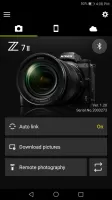


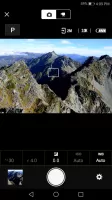



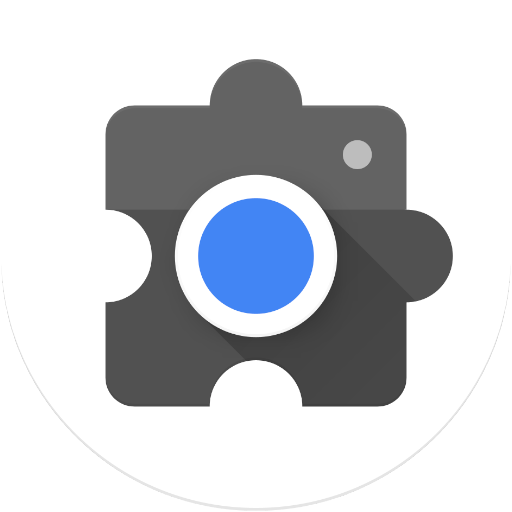
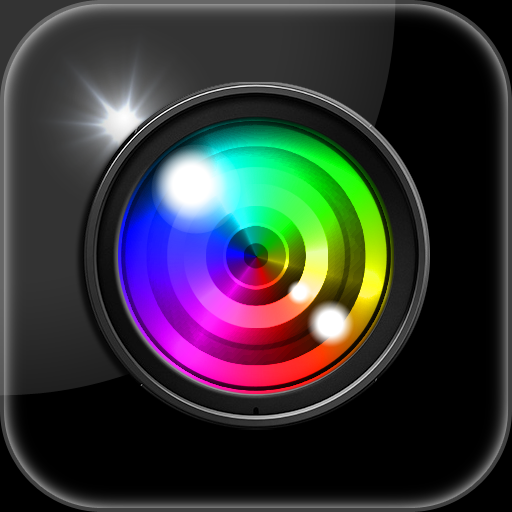



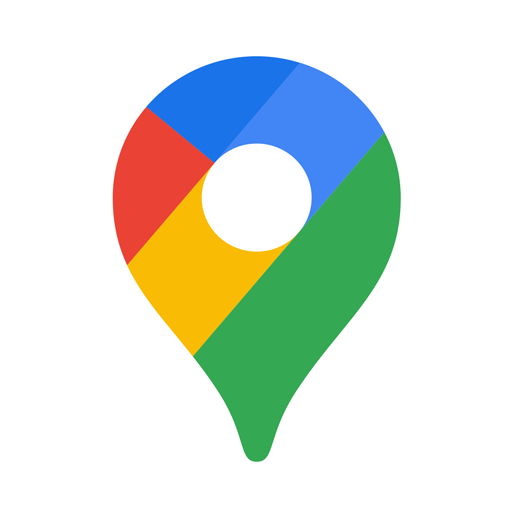











Seamless Photo Transfer
Remote Camera Control
User-Friendly Interface
Limited Editing Features
Initial Setup Complexity